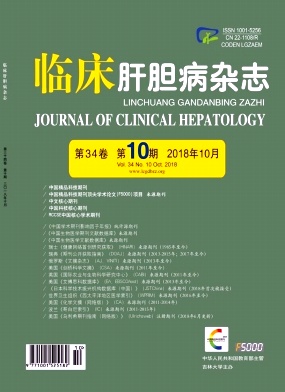Objective To investigate the risk factors for variceal rebleeding after esophagogastric devascularization and splenectomy in patients with portal hypertension. Methods A retrospective analysis was performed for the clinical data of 244 patients with portal hypertension who were admitted to Beijing YouAn Hospital from April 2010 to September 2015 and underwent esophagogastric devascularization and splenectomy. According to the presence or absence of variceal rebleeding, these patients were divided into non-rebleeding group and rebleeding group. Preoperative, intraoperative, and postoperative clinical data were compared between the two groups. The t-test was used for comparison of normally distributed continuous data between groups, and the Wilcoxon rank-sum test was used for comparison of non-normally distributed data between groups; the chi-square test was used for comparison of categorical data between groups. A multivariate logistic regression analysis was performed for statistically significant variables identified by the univariate analysis. Results Of all 244 patients, 38 ( 15. 6%) experienced variceal rebleeding. The univariate analysis showed that there were significant differences between the two groups in the history of variceal bleeding, preoperative ascites, total bilirubin after surgery, portal venous pressure after devascularization, portal venous pressure before and after splenectomy, and preoperative international normalized ratio ( χ2= 5. 530、4. 120, t = 3. 591、4. 098、2. 516、2. 622、4. 278, P = 0. 016, 0. 026, 0. 008, 0. 002, 0. 022, 0. 012, and 0. 003) . The multivariate logistic regression analysis showed that variceal rebleeding after esophagogastric devascularization and splenectomy was associated with the history of variceal bleeding ( 95% CI:1. 113-13. 704, P = 0. 033) , preoperative ascites ( 95% CI: 1. 257-5. 437, P = 0. 010) , and portal venous pressure after devascularization ( 95% CI: 1. 022-1. 172, P = 0. 010) . Conclusion History of variceal bleeding, preoperative ascites, and portal venous pressure after devascularization are independent risk factors for variceal rebleeding after esophagogastric devascularization and splenectomy.









 本站查看
本站查看




 DownLoad:
DownLoad: